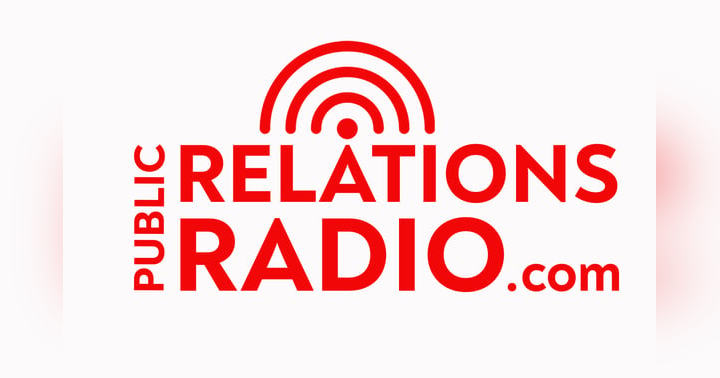May 5, 2020
Holding Zoom Interviews with News Media

If you've been asked to do a live television interview over Zoom or another virtual conference platform, you may be asking yourself how it will be different and what you need to do to make sure you look good speaking live from your home.
The good news is the teleconference tool works the same whether you are holding a meeting or answering questions on a local morning TV news show, but live television does require more attention to the composition and quality of your picture and sound. Here’s what you need to know:
- Using your teleconference tool, open a meeting window to test the look and sound of your set-up. You can sometimes record the session and play it back to check audio quality. With your window open, you’re now ready to run through the basics.
- Begin with picture composition. This involves making sure you are properly framed in the video window.
- You don’t want to be too close or too far away. If you are too close, your head will appear overly large. If you are too far away, you’ll look tiny. You want to sit at a distance that allows your head and shoulders to occupy most of the video window, with a little headroom and a small amount of space on your left and right sides. Since the computer camera won’t zoom in or out, you’ll need to move up or back to achieve the proper look.
- You can raise the computer to ensure the camera is at eye-level using books or other stable materials under the base. It is important to make sure the camera is not looking up or down at you. Also, you need to leave enough room for television graphics, so they don’t stream across your face when you are on the air.
- Make sure the background is not too busy or messy, and that you don’t have items in the background that appear to be coming out of your head or your ears when viewed on camera. The goal is to avoid all background distractions.
- Speaking of distractions, there are some funny videos on YouTube that show babies in walkers crashing live interviews, and cats sparring with each other on the table in front of the guest. Relocate babies, pets, and other cute distractions before the interview begins. Lock yourself inside your interview space if necessary.
- Lighting is important.
- You want to make sure the main light source in your interview space is in front of you, not behind you. Natural light is great as long as windows are behind the computer, allowing light on your face.
- If windows, sunlight, or other light sources are behind you, you’ll have a backlighting problem that can make you look like a shadowy figure who doesn’t want to be recognized on camera.
- Sound is one of the toughest aspects of a live broadcast since most people don’t have professional microphones lying around the house. Most rely on the microphone in their computer, and sometimes it sounds great. Other times, these microphones pick up so much echo in the room that it’s impossible to understand what you’re saying.
- Use wired earbuds with a built-in microphone to reduce echo. Do not use wireless earbuds, as they position the microphone behind your mouth, when it should be to the side or in front for optimal audio reception.
- Broadcast from a room that is carpeted. Rooms with curtains or drapes also help dampen sound echo. Large throw pillows positioned behind your computer do a great job of absorbing sound.
- If you are using wired earbuds, remember to pull long hair into a ponytail and avoid big collars or jewelry that can brush, rub, or bump the wired microphone.
- Don’t use headsets for live interviews. These are best reserved for sportscasters and air traffic controllers.
- Consider the chair you’ll use during the interview. Make sure it doesn’t squeak or roll loudly. Ideally, it also would have a low back and stay out of camera view.
- Pay attention to what you are wearing. Since the start of the pandemic, we’ve seen people go live on national television wearing baseball caps, t-shirts, and no pants. Professional dress is recommended. Solid colors and limited accessories are preferred.
- Finally, protect the strength of your WiFi signal at home by asking others to take a break from streaming movies or video games during your interview. Consider using an ethernet cable to hardwire your computer to your WiFi router to avoid signal interruptions during the broadcast.
By Robert Johnson, Strategic CommunicatIons Officer, Riester Public Affairs, Washington, D.C.
Public Relations Radio Goes Live!
Finally, all the PR nerds in one place! Riester Public Affairs launches Public Relations Radio, a streaming radio station featuring all the best PR podcast talk and information in one place. Public relations thought leaders across the U.S. have come…
Exclusives are Dangerous
If you’ve got a big story to announce, you might be thinking about offering it as an exclusive to a print journalist in hopes the chance to break a big story will strengthen your relationship with that reporter or their newsroom. Is there a do…






